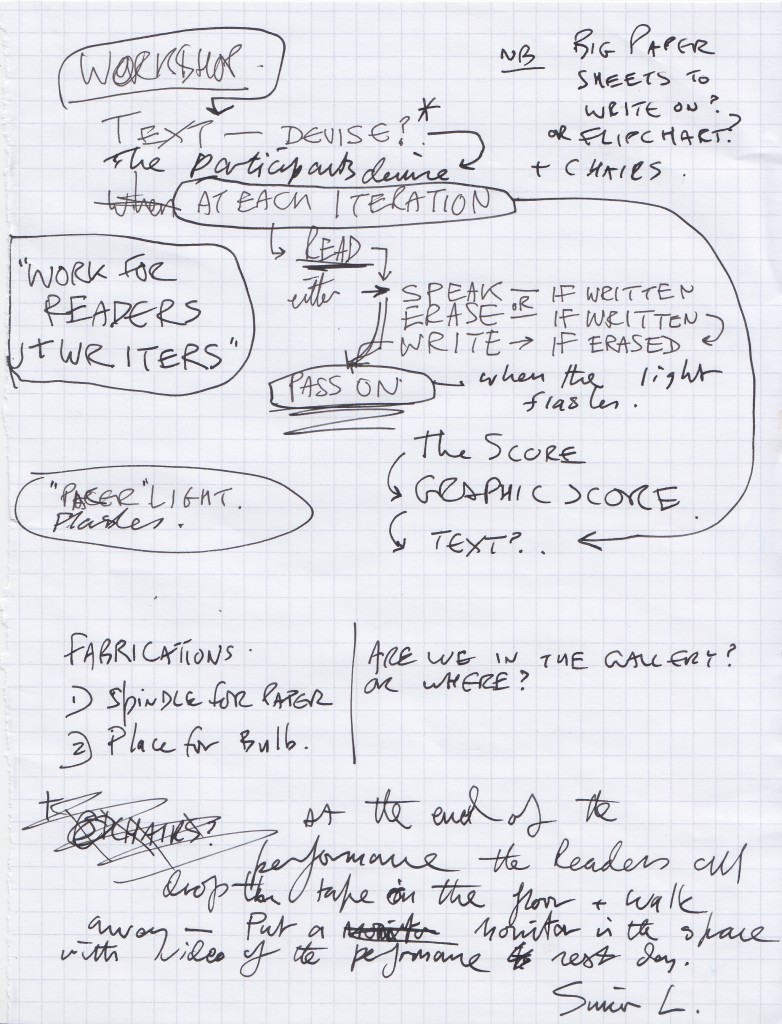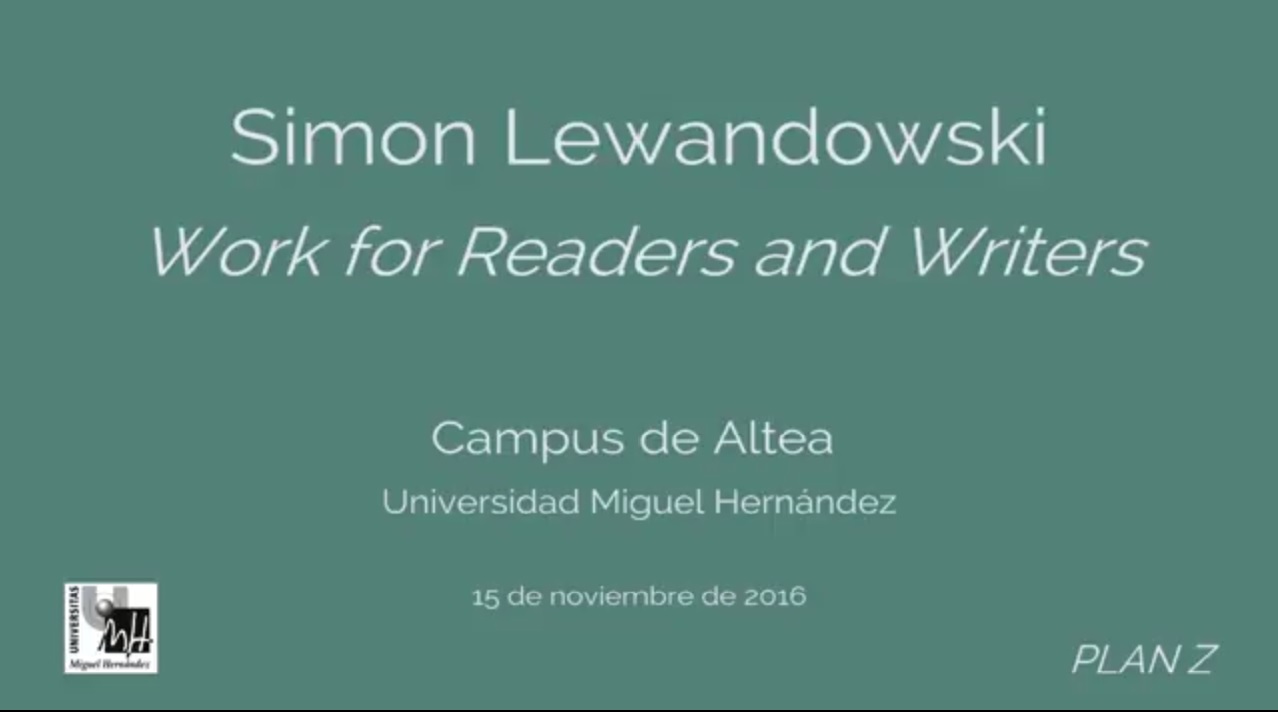There are judgements artists bring to bear regarding the success or quality of what they do – does it look right? Does it mean something? The one that most often troubles me, though, is – will it work? That starts with the basics, of course – will things actually go round/play/light up or whatever – but includes the degree to which it might do its narrative or metaphorical job in the world. In his treatise , De Architectura, Vitruvius set out three principles of good architecture – firmitas (solidity or durability), utilitas (functionality or utility) and venustas (beauty or delight). This has always seemed a serviceable starting point for me: In the past I’ve made useful things that look useless and useless things that look useful: things that move and things that look as if they are moving: things that are there and things that look like they should be somewhere else. I made machines that manifested what I thought of at the time as Artificial Stupidity; a book that combined the heuristics of overcoming a creative block with a fictional language of real objects and a few years ago I hypnotized spectators in an empty gallery, publishing the transcripts of what they “saw” as a giveaway pamphlet.



Work for Readers and Writers brings together three ideas/systems/tropes around which I have built performative procedural works in the past.
Firstly it took as one of its starting points the Turing Machine or more specifically that thought experiment’s hypothetical use of a continuous paper tape divided into cells. The machine positions its head over a cell and “reads” the symbol there. Then the machine writes a symbol in the cell, erases the one that it finds or performs another predetermined action – in our case, choices were offered to read (speak) write or erase and each participant reader constituted a “reading head” and the paper in front of them a “cell”.
Secondly we drew in the rich history of the Graphic Score in 20th century experimental music – as used by Pendercki, Cage, Stockhausen, Cardew and the artists of Fluxus among others. For this piece of work the graphic score was made more dynamic and interactive through the procedural model of the Turing Machine; the score was generated and altered in a process of improvisation using the read/write/erase procedural model.
Finally there was the idea of Choral or Ensemble Reading, an idea normally more associated with elementary school literacy training or obscure elocution competitions but, when creatively directed, a form that can imbue a spoken text with a rich musicality.
The participant/performers generated their text for a contrapuntal choral reading in the improvisatory workshop session, first passing the blank paper tape round the group and testing out a series of self-generated rules – the read/write/erase choice, and other rules based on themes and questions, sonority, rhythm and musicality until a clear set of parameters for a satisfyingly “performable” text emerged.
I brought in, as well as the paper tape, an improvised “visual metronome” to set the pace for the readers – it was an incandescent bulb switched on and off by a micro-switch triggered by a cam wheel turned by a small electric motor – the light flashed on and off in a slightly irregular sequence. The students improvised a stand for it out of two chairs, some scavenged wood and a few clamps. I didn’t touch it at any point but it looked just like a piece of my work… how could that be? It seems to imply that, at some level we do not have ideas, the ideas have us.
The form of the final performance was also determined by the participants – at an agreed point they took up their positions, standing in a circle and read the text, the rhythm controlled by the flashing light which also provided the sole illumination by which to read; they started with one voice, then two and so on until they were all speaking with the final word – an inarticulate animal cry – passed along to the last person. They dropped the tape where it was and walked away, completing the work. It is theirs now as well as mine.
Reading list for workshop participants”
http://www.classicfm.com/discover/music/graphic-scores-art-music-pictures/


